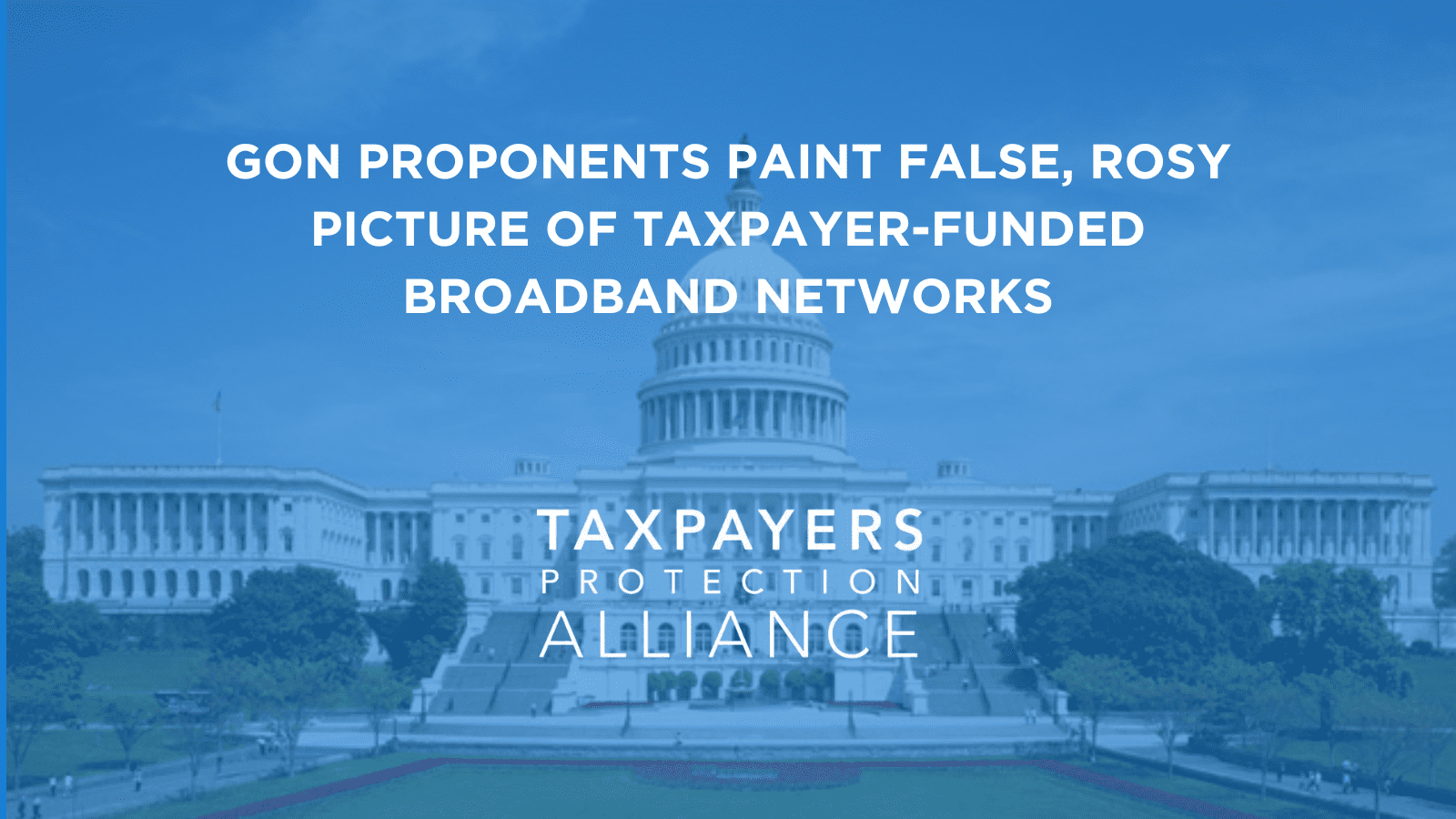
GON Proponents Paint False, Rosy Picture of Taxpayer-Funded Broadband Networks
Johnny Kampis
June 23, 2025
Local media in Willmar, Minnesota, continues to cheerlead for a project to build a government-owned network (GON) in that city by offering misleading arguments about similar projects in the state.
The Willmar City Council is currently mulling the Connect Willmar Initiative, a planned open-access fiber network to be owned by the city and leased to private providers. Hometown Fiber has been chosen to manage the proposed network, which will cost about $31 million to construct and be funded by general obligation bonds, backed by tax revenue from Willmar residents.
West Central Tribune notes that other GONs in Minnesota have been used as cautionary tales in the discussion about Connect Willmar Initiative. The news outlet describes the City of Monticello’s FiberNet as a project that initially struggled, but is successful today. But any success by that GON is due to taxpayer bailouts, an unfortunate trend with such publicly funded projects.
In fact, the Taxpayers Protection Alliance (TPA) chose FiberNet as one of its examples of the dangers of GONs in its 2020 report “GON with the Wind: The Failed Promise of Government Owned Networks Across America.”
Monticello residents, buoyed by the optimistic projections of consultants and city leaders, voted in 2007 by a margin of nearly 3-to-1 in favor of using revenue bonds to build FiberNet for a projected cost of $26.5 million.
But in 2012, two years after operations began, only about 10 percent of Monticello residents had subscribed to FiberNet, a meager adoption rate that saw the GON losing more than $500,000 per year. Monticello government leaders began bailing out FiberNet by giving the network non-public loans using tax dollars, including a $3.1 million loan from the city’s Liquor Fund and $323,000 from the General Fund. Even that wasn’t enough, and soon the city defaulted on its bond payments. After losing $4 million in taxpayer money on the project and failing to make payments on its debts, the city paid $5.75 million to bondholders and Wells Fargo, the bond trustee, in a settlement agreement.
Moody’s also dropped the city’s bond rating in 2012 because “default [was] expected on unrated telecommunications enterprise bonds following [the] termination of sinking fund payments from supplemental city resources.” When a government’s bond rating drops, it receives less favorable terms and higher interest rates on loans it takes out, which also results in a hit to taxpayers’ wallets.
A national study of GONs by the University of Pennsylvania found that the Monticello project had the highest cost per household of all networks examined, with a tab of $5,549 per home.
Few of those facts were mentioned in the West Central Tribune article, which also named Buffalo Fiber as a project that is doing better than some have suggested. But at the Feb. 18 Willmar City Council meeting, Councilor Tom Butterfield said Buffalo Fiber’s take rate was just 15 percent.
Jason Meusburger, director of Buffalo Utilities and information technology for the City of Buffalo, told West Central Tribune that the take rate is actually 40 percent, but it should be noted that the network is currently focused exclusively on public buildings and commercial businesses.
While Buffalo city leaders are throwing out different take-rate numbers, it’s clear the GON has yet to turn a profit. Meusberger said financial models call for Buffalo Fiber to require at least 1,000 customers to turn a profit, but the network now has fewer than 500 customers. The city plans to offer residential customers service in phase two of its buildout, though it’s immediately unclear how much that will cost.
Buffalo chose to grow its network slowly, limiting the financial risks that the Connect Willmar Initiative would shoulder by planning to build out broadband infrastructure to the entire city as quickly as possible. Moreover, Minnesota is littered with other failed and struggling GONs, such as Lake County and Crosslake, projects on which TPA has written.
No matter how proponents of the Willmar GON try to frame the issue, the challenges faced by other such taxpayer-funded networks truly serve as cautionary tales for Willmar city leaders. They should put an end to this project before placing their residents at financial risk.
Johnny Kampis is director of telecom policy for the Taxpayers Protection Alliance.
